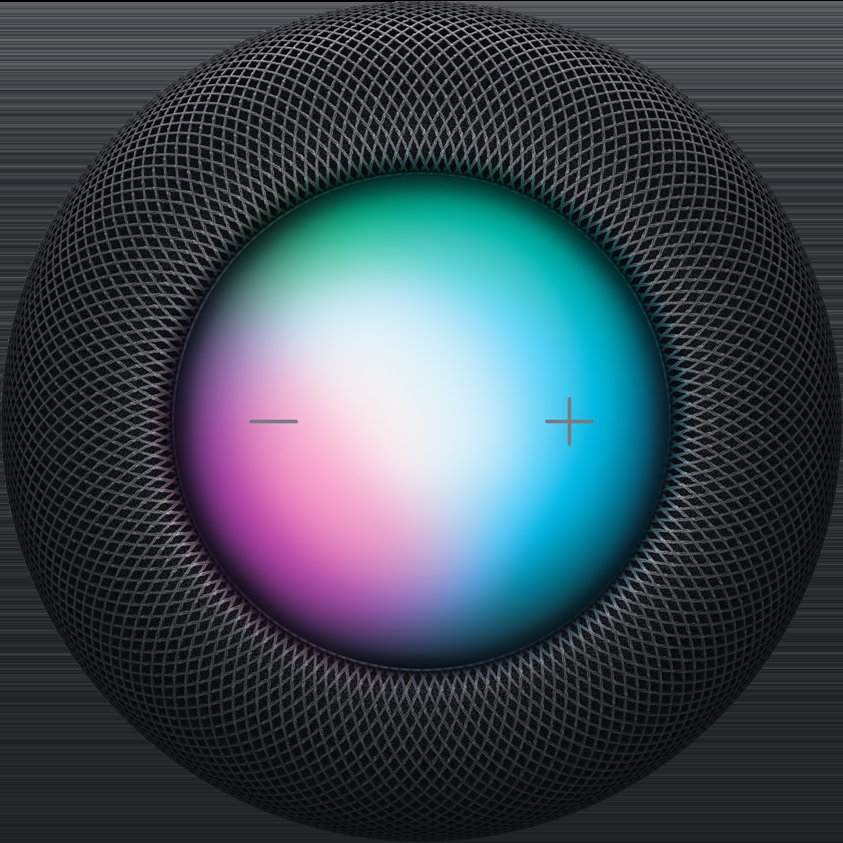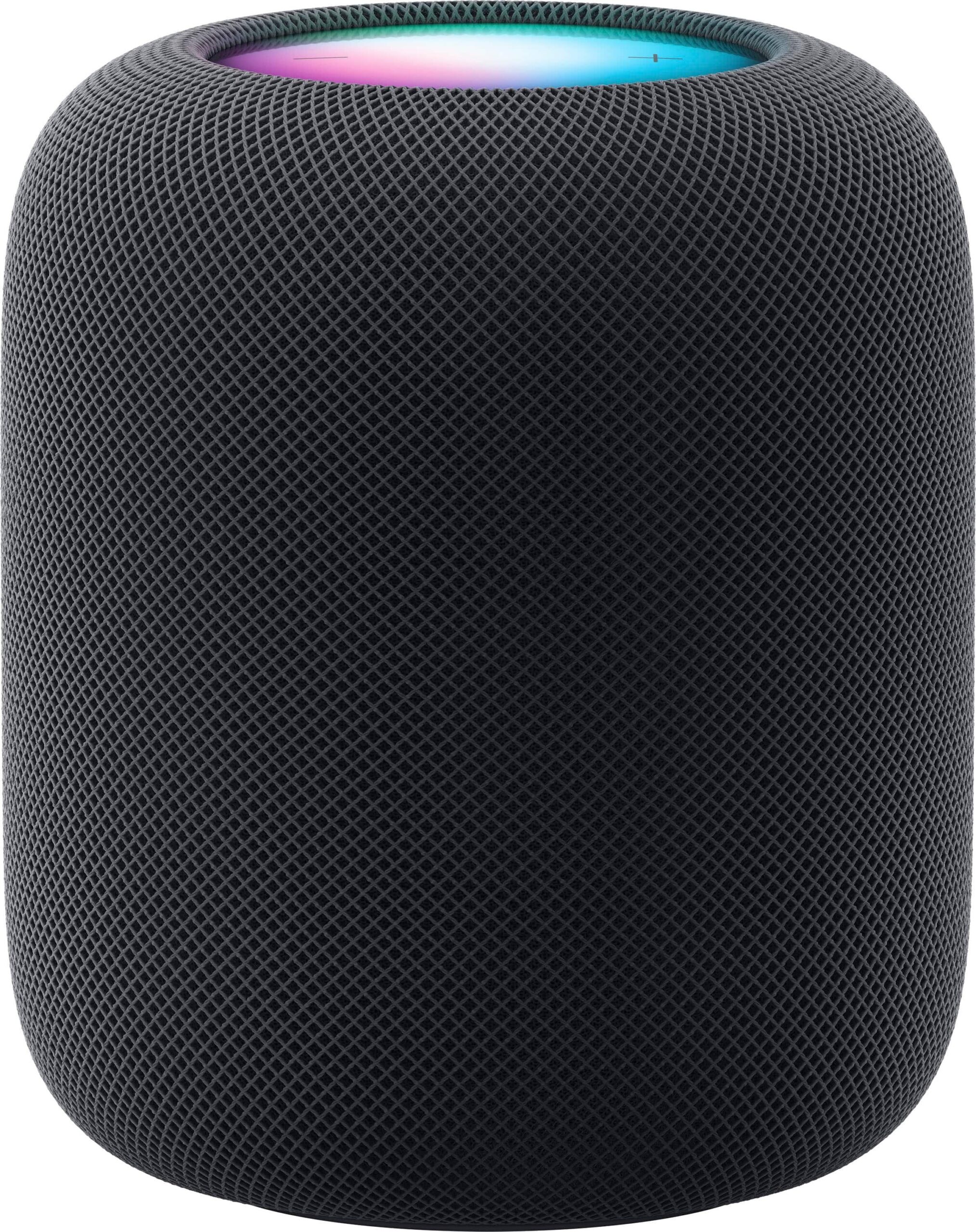The Audiophile’s Echo: Apple HomePod (2nd Gen) Review

Apple’s relationship with the high-end smart speaker market has been a curious one. The original HomePod, launched in 2018, was a sonic masterpiece hobbled by a high price and a then-nascent Siri. Its discontinuation left a void, one the diminutive HomePod mini couldn’t quite fill for serious listeners. Now, Apple is back with the HomePod (2nd generation), a device that looks strikingly familiar but promises a smarter, more refined experience. This isn’t just a re-release; it’s Apple’s second, more confident attempt to own the premium smart audio space in your living room.
From a design perspective, the second-generation HomePod is an exercise in iterative refinement. It retains the iconic cylindrical shape, wrapped in a seamless, acoustically transparent mesh fabric (now made from 100% recycled materials). It’s slightly shorter and lighter than its predecessor, but the premium, dense feel remains. Up top, the touch surface is now a larger, recessed, edge-to-edge backlit panel, which animates beautifully with Siri interactions and music playback. It’s a subtle but elegant upgrade. While the design won’t turn heads with novelty, its minimalist aesthetic allows it to blend into almost any decor, and the build quality is, as expected from Apple, absolutely impeccable.

The soul of the HomePod, however, is its sound, and this is where it truly commands attention. Powered by the new S7 chip, the speaker leverages computational audio to deliver a sound that defies its size. It houses a high-excursion woofer and an array of five horn-loaded tweeters, a slight reduction from the original’s seven. Yet, any fear of compromise is unwarranted. The bass is deep, controlled, and remarkably clean, never muddying the midrange. Vocals and instruments come through with stunning clarity and precision. The real magic is its real-time room sensing, which analyzes acoustic reflections to tune the audio profile for its specific location, whether it’s in a corner or the center of a room. The result is a consistently wide and immersive soundstage from a single unit.

Pair two HomePods in a stereo configuration, and the experience transcends from great to genuinely sublime. The spatial separation is phenomenal, creating a true, three-dimensional soundscape that rivals dedicated stereo systems costing significantly more. For Apple Music users, support for Spatial Audio with Dolby Atmos is a killer feature, adding a layer of immersion to compatible tracks that is simply captivating. This is, without a doubt, the HomePod’s strongest selling point—pure, unadulterated audio fidelity.
Beyond music, the HomePod is positioned as the central hub of an Apple-centric smart home. Siri has certainly improved, proving responsive and reliable for controlling HomeKit accessories, setting timers, and managing music playback. The new, built-in temperature and humidity sensors are a welcome addition, enabling powerful new automations within the Home app. Critically, the inclusion of Thread and the new Matter standard makes this HomePod a future-proof investment, promising seamless interoperability with a growing ecosystem of smart home devices from various manufacturers. Despite these advancements, Siri still lacks the conversational prowess and broad knowledge base of Google Assistant or Amazon’s Alexa, a lingering weakness in an otherwise intelligent device.
So, who is this for? At $299, the HomePod is undeniably a premium product, and its value is inextricably linked to your investment in Apple’s ecosystem. If your digital life revolves around an iPhone, Apple Music, and HomeKit, the HomePod’s seamless integration and superior audio quality make it the undisputed champion of smart speakers. The setup is effortless, AirPlay is flawless, and its function as a home hub is a significant bonus. However, for those on Android or who primarily use services like Spotify (which still can’t be set as a default music service for Siri requests), the speaker’s walls are high and unforgiving. It’s an exceptional piece of audio engineering, but one that plays exclusively by Apple’s rules.

Where to Buy:
Apple HomePod (2nd generation) Quick Summary
Key Scores:
- Value: 95%
- Design: 88%
- Performance: 90%
- Quality: 89%
- Popularity: 92%
Top Pros
- ✅ Audio performance is remarkably rich, balanced, and room-filling.
- ✅ Stereo pairing delivers an exceptionally immersive audio experience.
- ✅ Advanced smart home support with Matter and Thread is included.
- …
Key Cons
- ❌ Siri’s capabilities still trail behind competitors like Google Assistant.
- ❌ Functionality is heavily restricted to Apple’s devices and services.
- ❌ The premium price tag is a considerable barrier for entry.
- …










 Visit Claritypoint.AI
Visit Claritypoint.AI






